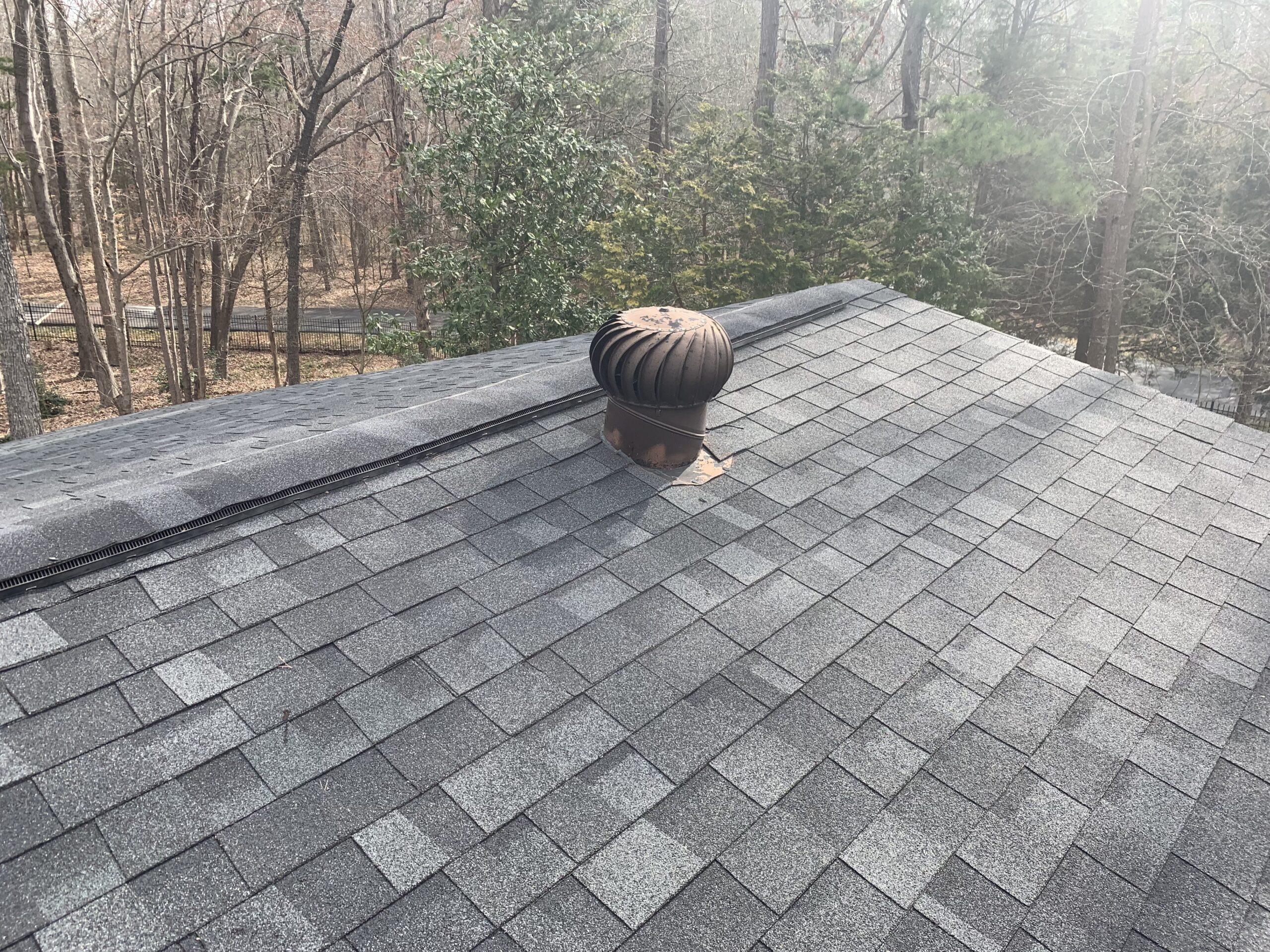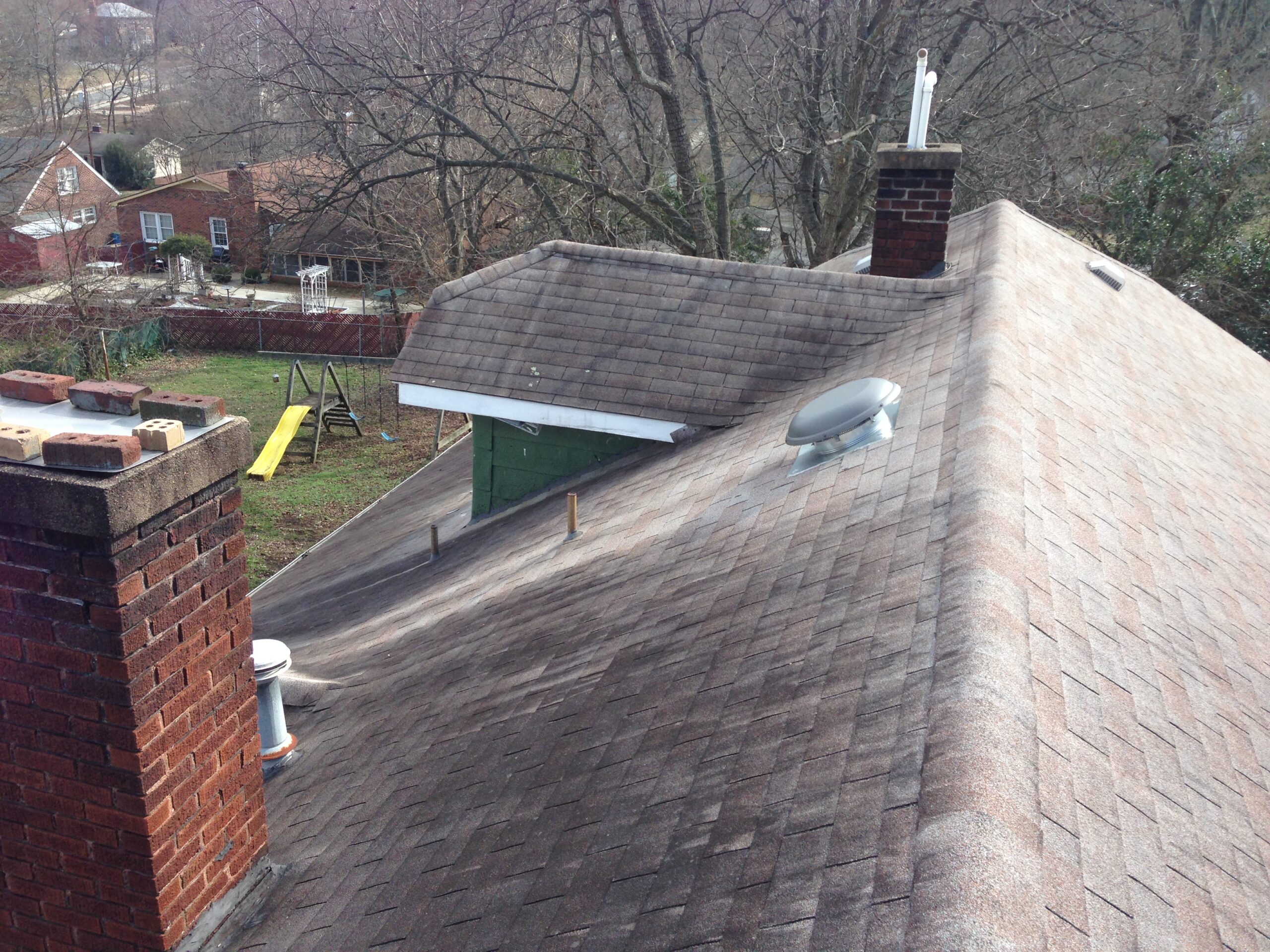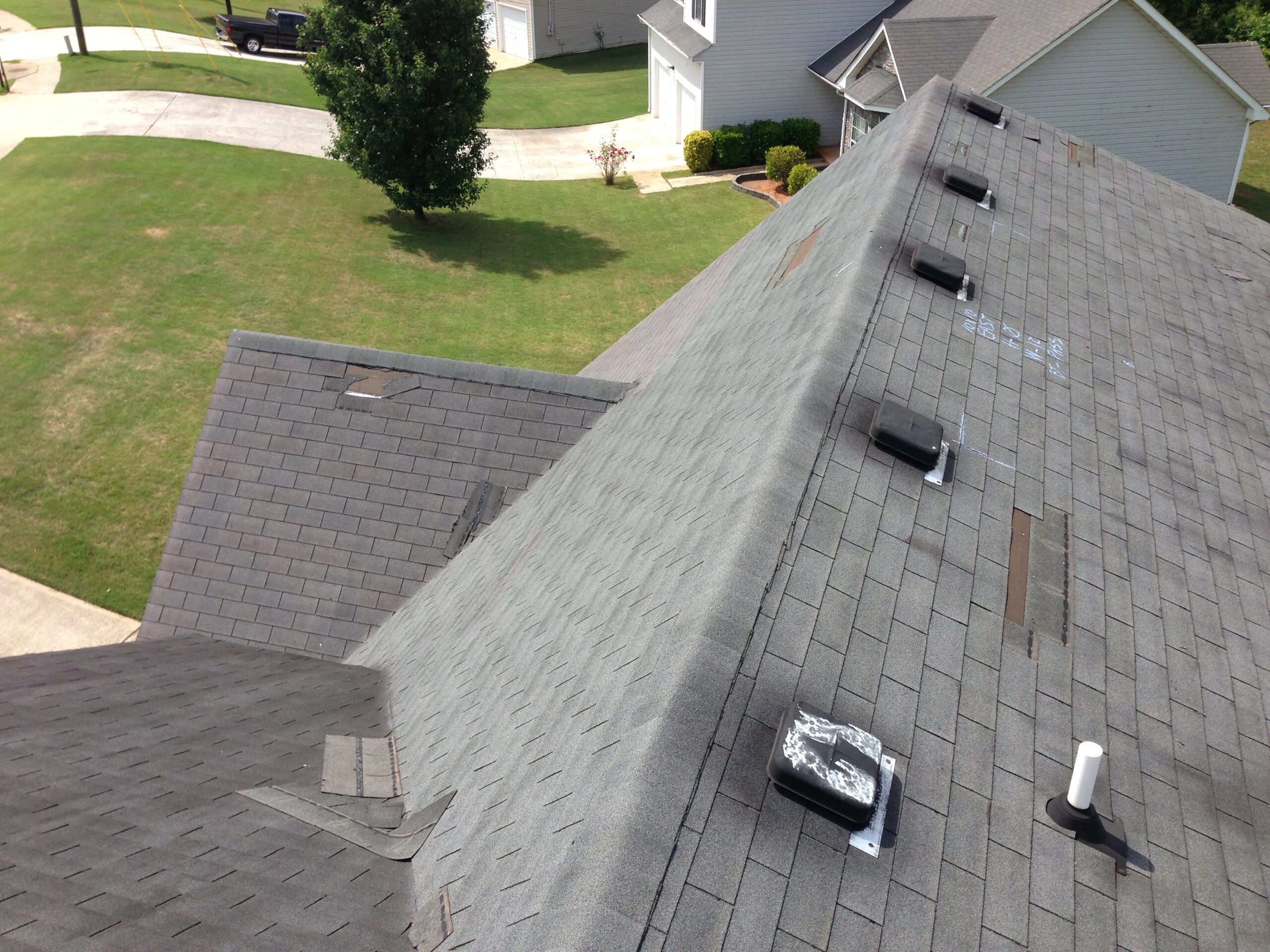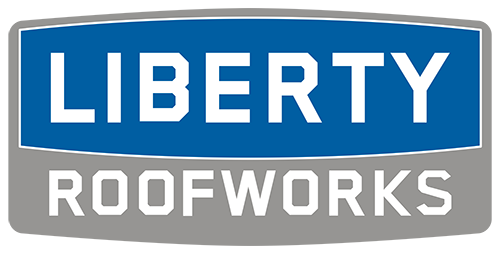Table of Contents
-
Proper Ventilation: What is it and why is it important?
-
What types of ventilation are there?
-
What are signs of poor ventilation?
-
What should I do if I think I have poor attic ventilation?
A week ago, a client requested that I inspect their roof because they could cool their upstairs. When I arrived, it was immediately apparent that I didn’t need to get on the roof or even go in the attic to see that they didn’t have any attic ventilation at all.
Because their roof had no ventilation, heat was trapped in the attic, and it baked the entire roof. And now because the roof was so hot it caused the shingles to blister, and the entire roof needs to be replaced.
The unfortunate reality is that the owners just had this roof replaced only three years ago. The roofing contractor they used decided to cut a corner and not add any attic ventilation to their roof. The owners didn’t know anything about ventilation and certainly had no idea that the roof was designed to fail.
Proper Ventilation: What is it and why is it important?
In laymen terms, ventilation is a system of air flow that gives your house the ability to breathe. It continually pulls fresh air in through your attic and lets the heat escape. This constant change of air keeps the heat from building up which makes your roof last much longer and your power bills much lower.
The system should be balanced, this means that the volume of air coming into your attic should be exactly equal to the amount of air exiting the attic. This is what is commonly referred to as a balanced ventilation system. This air flows in through intake vents and out through the exhaust vents.
Intake vents are located at the lower part of your roof called the eaves or soffits. Intake vents allow cooler air to enter the attic.
We all know heat rises; well, this is called “convection”. The cooler air enters the intake vents down by the gutters and pushes the warmer air up and out of the exhaust vents way up at the peak of the roof. There are several different types of exhaust vents, but they all work on this same principle.
If your home doesn’t have the proper intake ventilation none of the exhaust vents will work. If the air isn’t allowed to move freely around your attic, then the heat won’t escape. This leads to the shingle manufacturer warranty to be voided along with premature roof failure, excessive buildup of heat in the summer and moisture in the winter and increased cooling costs, not to mention a much less comfortable home to live in.
Each home is different, and the amount of ventilation required is specific to each roofing system. The square footage, design and slope of your roof determine what type and how many vents you should have installed. As a rule, the U.S. Federal Housing Authority published that there should be a minimum of at least 1 square foot of net free ventilation area for every 300 square feet of attic floor space.
Why is proper ventilation important in the summer?
In the warmer months your roof is 80-100 degrees hotter than the outdoor air temperature. This means your attic is basically a sauna. If it’s not properly ventilated, it can heat the upstairs of your home to the point where it’s uncomfortable. It may even get too hot to be upstairs at all during the day, only cooling long after the sun goes down.
In the summer, your vents should be pulling in fresh air and allowing the hot air to escape. If the temperature outside is 90°F, the temperature in your attic can get as high as 170°F.
If the temperature in the attic space is 170°F, then the heat on the attic floor can be as high as 140°F. Temperatures will be very high in the rooms immediately below making them uncomfortable. Your HVAC system will be working overtime just trying to keep up, all the while expending more and more energy in the process.
Shingles blister quickly on roofs that are not properly ventilated. This means that the asphalt emulsifies while it expands and discharges the granules from the surface. The resins in the plywood or OSB decking also begin to de-laminate causing the decking to sag in between the rafters. Simultaneously the shingles and the decking become brittle and start to crack and curl.
To ensure your roof lives a long full life, it’s imperative to ensure that your home is properly ventilated.
Why is proper ventilation important in the winter?
If there’s one thing that often surprises my clients, it’s the fact that ventilation is just as important in the winter as it is in the summer. What most of us don’t realize is that all the cooking, cleaning, bathing, dishwashing, laundry, and shower activities generate a tremendous amount of water vapor.
The average household generates 2-4 gallons of water vapor per day. This warm moist air rises and permeates right through the upper-level ceilings into the attic. On cold days that warm moist air will condense on the attic insulation, framing and roofing system leaving everything damp and all the associated problems with moisture infiltration.
Oftentimes I will see old attic insulation that has been wet many times and has slumped down to a height of no more than a couple inches. This occurs a lot in older homes that were never ventilated properly.
Because the roof decking is getting wet – it gets wavy and loses its ability to hold the nails and may even lose load bearing capacity. This can also lead to mold and mildew which can contribute to serious health issues.
At the end of the day there are really two types of wood: “Wood” and “Was Wood”. Rotten wood is no joke, it’s a breeding ground for termites and other insects.
What types of ventilation are there?
There are two types of ventilation systems, active and passive. Active ventilation means the air is mechanically pulled in from the outside and pushed out from the inside. Passive ventilation means the air in the attic is moving by nature’s own dynamic processes.
Active Ventilation
A properly designed active ventilation system working year-round can be the life of your roof. Air is being pulled into the intake vents and pushed out through the exhaust vents all day. Some types of active vents are:

- Turbine Vents (Whirlybird). Turbine vents are amazing in that they have a drawing effect through convection (heat rising) even without any wind. Properly sized, they change the air in the attic 10-12 times per hour. Just after the sun goes down, the air inside the attic is the same temperature as the air outside.
I’ve been installing turbine vents for nearly 15 years and there is a misnomer that is often repeated. Since turbine vents have slats on them and are open aired to the attic space, there is a myth that rain, snow, leaves and insects can enter your home through the slats. This is not true; they are designed to stop all these intrusions. Unless the vent is damaged by a tree limb, it works perfectly without any interruption whatsoever. Also, if you mount these properly, they will not be visible from the street.

- Power Vents. These vents are the circular shaped vents with very low profiles you have seen on roofs before. They are situated near the ridge of the roof and use an electric motor to operate a fan that pulls the hot air out of the attic. Attic Fans just like anything with working parts tend to break down eventually, so be prepared to replace them at some point.
There are a lot of homes that have power vents installed. Be aware that if your home has a power fan with a thermostat set to kick on at 80°F or so, also ensure that a humidistat is connected, because you need it working in the winter too so that moisture does not build up in the attic.
- Ridge Vents with a Baffle. Ridge vents are very popular because they aren’t noticeable from the ground. They run the length of the ridge and are cut into it. The baffle allows passing wind to create “The Bernoulli Effect” which lifts the hot air out of the attic faster than it naturally flows. If a ridge vent does not have a baffle to help with airflow, then it is a passive vent. A downside to this vent is that if the vent does not have a filter, then insects, debris, rain, and snow can enter the attic.
- Solar Powered Vents. Solar powered vents are like power vents, except they us the sun as their power source. Although free energy sounds great, solar powered fans come with their own unique set of challenges. When the solar powered battery is charging the fan turns off. The solar panel doesn’t hold a charge for a long enough period to run the fan all day, so when the battery is charging your HVAC system is running more which causes high energy bills. Also, as soon as the sun goes down the fan stops working, leaving latent heat trapped in the attic.
Passive Ventilation
A passive ventilation system is powered by natural forces such as wind and convection to move the air through the attic. These systems have no moving parts, are silent when operating and are also nearly maintenance free. Passive vents include:

- Static vents, also known as Turtle vents or Box vents. These vents are square boxes on the roof and are designed to allow heat to vent out through the convection method.
- Ridge vents without a baffle. As I said earlier, ridge vents are cut into the peak of the roof and run the full length of the ridge. Ridge vents without a baffle can allow debris, rain, snow, insects, etc. to enter your attic.
- Gable end vents. A gable end vent is that wooden triangular vent you’ve seen at the ends of houses at the top of the wall near the peak of the roof. Gable end vents don’t have enough net free area to meet current modern building codes or shingle manufacture requirements.
What are signs of poor ventilation?
It’s straightforward for you to take a cursory glance at your home to determine if it has ventilation. But it may take the trained eye of a professional roofing contractor to determine if your system is adequate for your home and in balanced properly. For a roofer to make this assessment an attic and rooftop inspection are necessary. Most homes are not properly vented to today’s building standards. Here are a few signs that you have a poor ventilation system:
- Curling shingles
- Roof damage
- Stains on your ceiling
- Excessive heat upstairs
- Hight energy costs
- Peeling or blistering paint on your walls or ceilings
- Rust on the metal components of your roof from excessive moisture
- Damage to siding
- Mold and mildew
- Ice damming
What should I do if I think I have poor attic ventilation?
No attic should have inadequate ventilation. Sadly, poor ventilation is all too common today throughout the U.S. If you suspect that your home is not properly ventilated, you may want to do some research to find a qualified, reputable roofing contractor to do an assessment on your roof. Most roofing companies do this at no charge.
At Liberty Roofworks, our highly trained team of roofing experts have been helping clients with their home’s attic ventilation for nearly 15 years. Our service is award-winning, and our customers trust us. You’ll have the peace of mind of knowing that you are being helped by experts.
